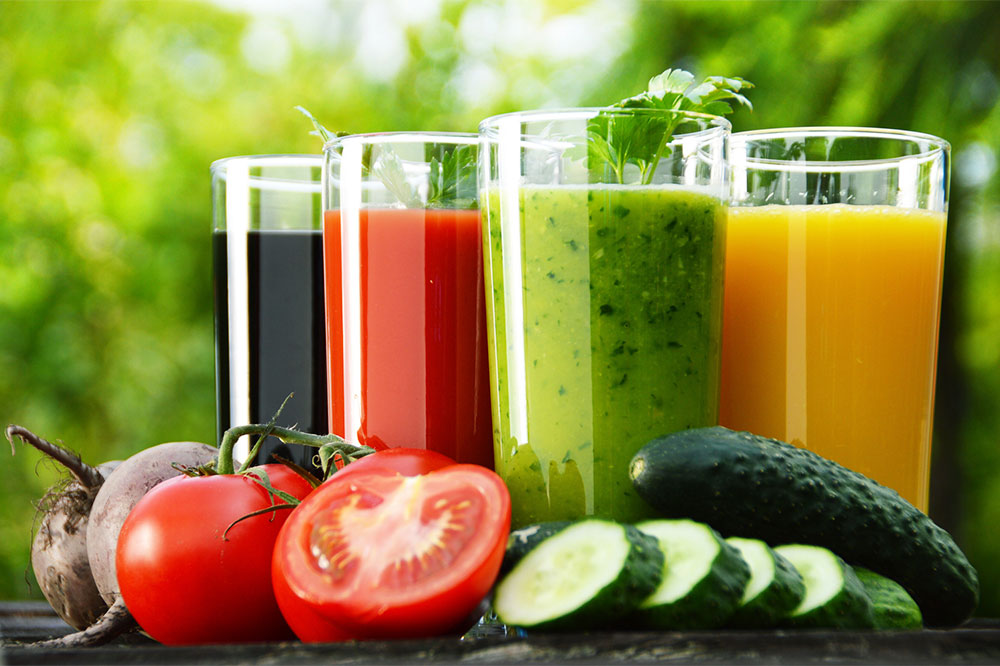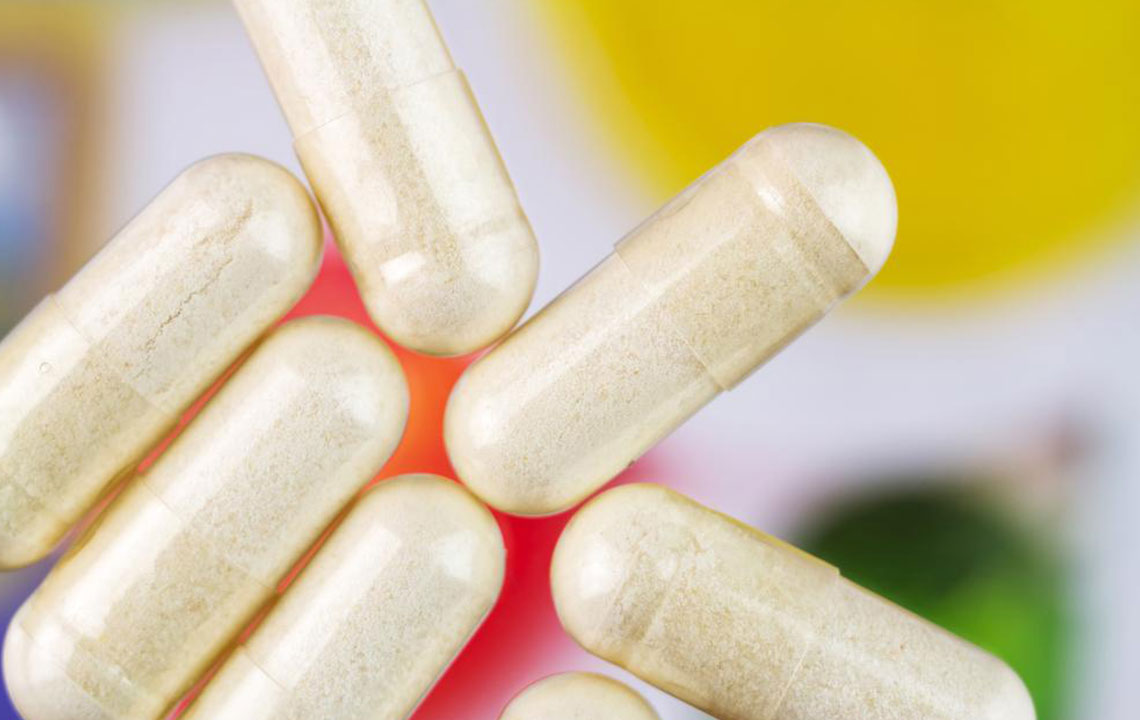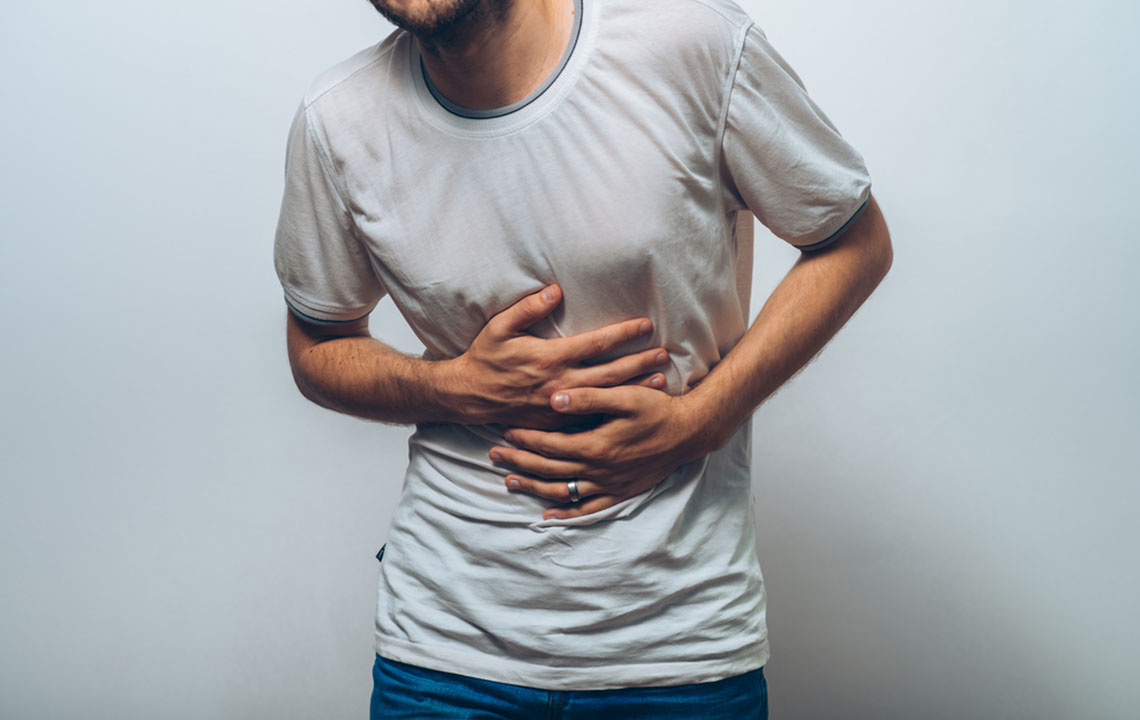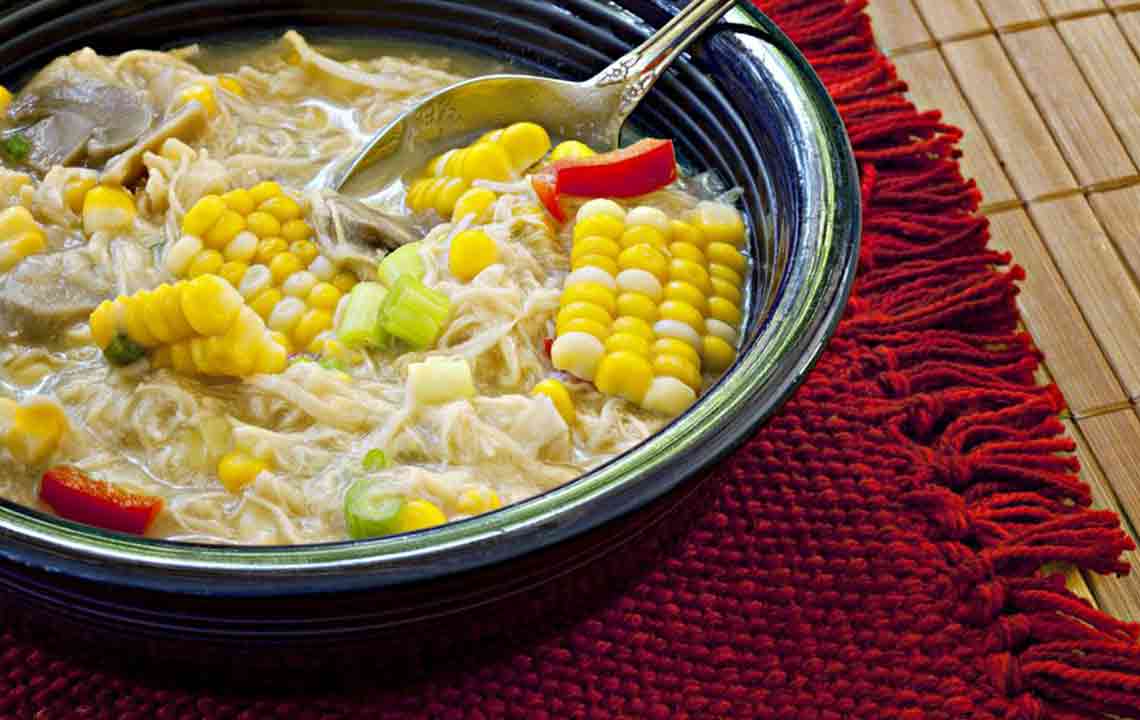Cleansing vs. Detoxification: Understanding the Differences and Benefits
Discover the key differences between cleansing and detox, understanding their benefits, methods, and how to approach them safely. This comprehensive guide clarifies misconceptions, highlights risks, and offers practical advice for maintaining optimal health through natural detox and cleansing practices.

Comprehensive Guide to Cleansing and Detoxification: What's the Difference?
In the health and wellness community, terms like "cleansing" and "detoxification" are often used interchangeably. Many individuals wonder whether these practices are truly the same or if they serve different purposes in maintaining health. While both aim to eliminate toxins and improve bodily functions, their approaches, goals, and durations vary significantly. This article provides an in-depth examination of cleansing and detox, clarifies their differences, explores their health benefits, and offers guidance on safe practices to achieve optimal wellness.
Understanding the Concept of Detoxification
Detoxification is a natural process intricately linked to the body’s metabolic and organ functions. The liver plays a central role in detox, acting as the body's primary detoxifier. It filters harmful substances from the bloodstream, transforming toxins into harmless compounds that are then eliminated through urine, feces, or sweat. This process is continuous and vital for health, but it can be supported or enhanced through specific dietary and lifestyle interventions. Detox programs aim to optimize these natural pathways, especially when overwhelmed by environmental toxins, processed foods, or unhealthy habits.
What is Cleansing?
Cleansing focuses primarily on supporting the digestive system by removing waste and toxins accumulated in the gastrointestinal tract. It involves dietary modifications, often emphasizing whole, organic, and minimally processed foods that give the digestive organs a break and promote gut health. Many cleansing programs include routines such as juice fasting, consuming soups, or eating a special combination of raw vegetables and fruits designed to reduce bloating, improve intestinal regularity, and promote overall vitality. Unlike intensive detox programs, cleanses are typically short-term and aim to restore gut balance and boost immune function.
Shared Goals and Commonalities
Despite their differences, cleansing and detox share several foundational principles. Both practices encourage the consumption of nutrient-rich foods, reduction of processed and chemical-laden products, and the adoption of healthier lifestyles. They aim to increase energy levels, mental clarity, and overall well-being while reducing cravings for unhealthy foods. By focusing on natural foods and hydration, both methods support the body's innate ability to maintain balance and health. However, understanding their specific mechanisms and aims clarifies the distinctions between the two.
Main Differences Between Cleansing and Detoxification
Objectives: Cleansing primarily supports the body's natural detox functions by improving gut health via dietary changes that help eliminate waste. In contrast, detoxification programs are often more comprehensive, targeting the removal of toxins at the cellular level through intense regimens, including herbal therapies, fasting, or specialized cleansing protocols. The latter aims to purify the entire body and often seeks to assist with weight management and chronic health issues.
Duration and Intensity: Cleansing routines are usually meant for short periods, lasting from a few days up to a week, suited for regular detoxification support. Detox programs can extend from several days to multiple weeks, involving stricter dietary restrictions, herbal supplements, or therapeutic sessions designed to facilitate deeper cleansing.
Methods and Practices: Cleansing typically includes eating wholesome, organic foods such as vegetable soups, smoothies, and high-fiber meals that promote digestive health. Detoxification may involve additional therapies like fasting, colon cleansing, sauna sessions, herbal remedies, or supplemental drinks aimed at eliminating toxins from tissues, blood, and lymphatic systems.
Common Types of Cleansing and Detox Programs
Colon Cleanse: Uses high-fiber foods, plenty of water, and natural laxatives to promote bowel movements and remove accumulated waste from the colon.
Juice Cleanse: Involves consuming fresh fruit and vegetable juices to provide nutrients while giving the digestive system a rest, helping to flush out toxins gently.
Parasite Cleanse: Focuses on removing intestinal parasites through herbal formulations, unprocessed foods, and essential oils.
Intensive Detox Programs: Combine disciplined eating with therapies like colon hydrotherapy, infrared saunas, and herbal detox regimens to facilitate deeper toxin elimination.
Holistic Therapies: Incorporate massages, yoga, exercise, and meditation to support the cleansing process and promote relaxation and stress reduction.
Risks, Precautions, and Best Practices
While cleansing and detoxification can offer health benefits, overly aggressive or poorly supervised programs pose risks. Excessive detox regimens may lead to nutritional deficiencies, dehydration, headaches, fatigue, stomach upset, dizziness, electrolyte imbalances, or other adverse effects. Cleansing routines that involve fasting or drastic dietary changes can cause gastrointestinal disturbances or hunger. It is crucial to approach these practices with caution and under professional guidance, especially for individuals with existing health conditions, pregnant women, teenagers, or people on medication. Adopting a balanced diet, engaging in regular moderate exercise, staying hydrated, and consulting healthcare providers before starting any detox or cleanse are essential steps. Opting for FDA-approved products and evidence-based methods is advisable for safe and effective results.





